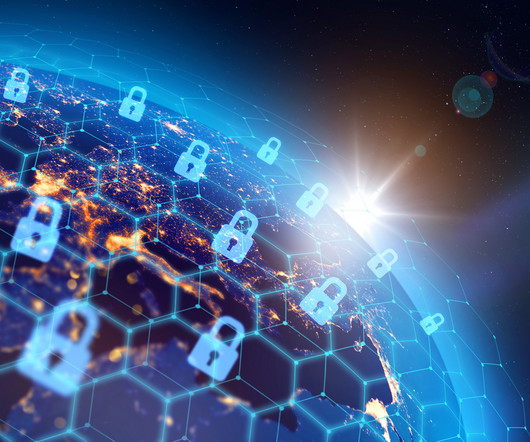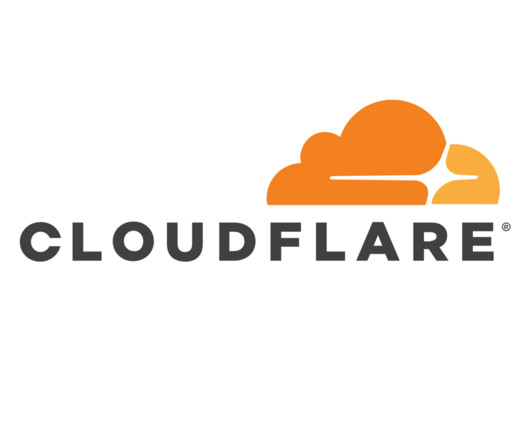What Is DNS Security? Everything You Need to Know
eSecurity Planet
NOVEMBER 10, 2023
DNS security protects the domain name system (DNS) from attackers seeking to reroute traffic to malicious sites. Since a majority of business IT traffic now accesses or passes through the internet, DNS plays an increasingly important — and vulnerable — role.












Let's personalize your content